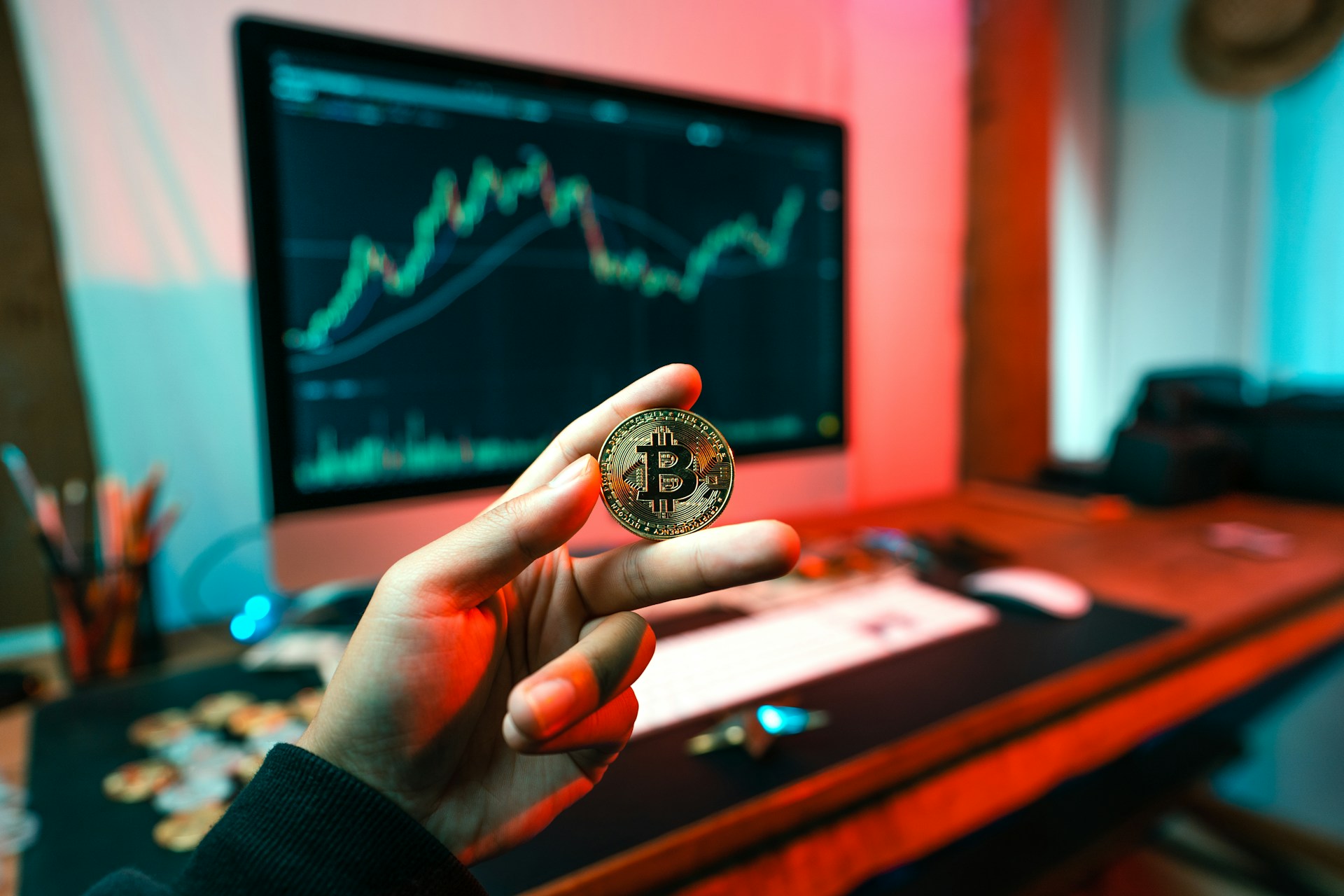The frenetic activity of Bitcoin is steering it towards its most significant monthly gain in over three years, putting it on the verge of reaching a historic high, amid investor interest in exchange-traded funds (ETFs) of the digital currency.
The largest cryptocurrency by market capitalization was stable on Thursday morning in Asian markets, at $61,100, after having reached a peak of $63,933 the day before. Its monthly gain is over 44%, the highest since December 2020.
It’s pulling along “ether,” a smaller cryptocurrency, which was trading at $3,416, up 50% in February.
The momentum suggests “a test and probable breach” of $69,000, says Tony Sycamore, an analyst at brokerage IG Markets, which would put Bitcoin beyond its all-time high set in the heady days of cryptocurrency price peaks in November 2021.
The head of Coinbase Global mentioned that the market was dealing with a surge in traffic.
“If it were any other market, it would probably be in the ‘blow-off top -don’t go near that bubble-‘ category,” said Matt Simpson, a market analyst at City Index.
“But Bitcoin has returned to its ‘parabolic rally’ phase, with no immediate signs of a peak,” he added.
The approval and launch of spot Bitcoin ETFs in the U.S. this year have opened the asset class to new investors and rekindled the enthusiasm that waned when prices plummeted in the “crypto winter” of 2022.
Data from LSEG showed that flows into the 10 largest spot Bitcoin ETFs contributed $420 million on Tuesday alone, the highest amount in nearly two weeks. In the three most popular ones, managed by Grayscale, Fidelity, and BlackRock, volumes skyrocketed.
Traders have also been flocking to Bitcoin ahead of the “halving” in April, a process that occurs every four years where the pace at which tokens are released, as well as the rewards to miners, are halved.
The supply of Bitcoins is limited to 21 million, of which 19 million have already been minted.
Furthermore, the prospect of the Federal Reserve carrying out a series of rate cuts this year has fueled investor appetite for higher-yield or more volatile assets. Currency volatility has fallen to two-year lows, and the U.S. stock market volatility index is returning to pre-pandemic levels.
(Report by Tom Westbrook and Ankur Banerjee; edited by Himani Sarkar and Shri Navaratnam; Spanish version edited by Mireia Merino)
